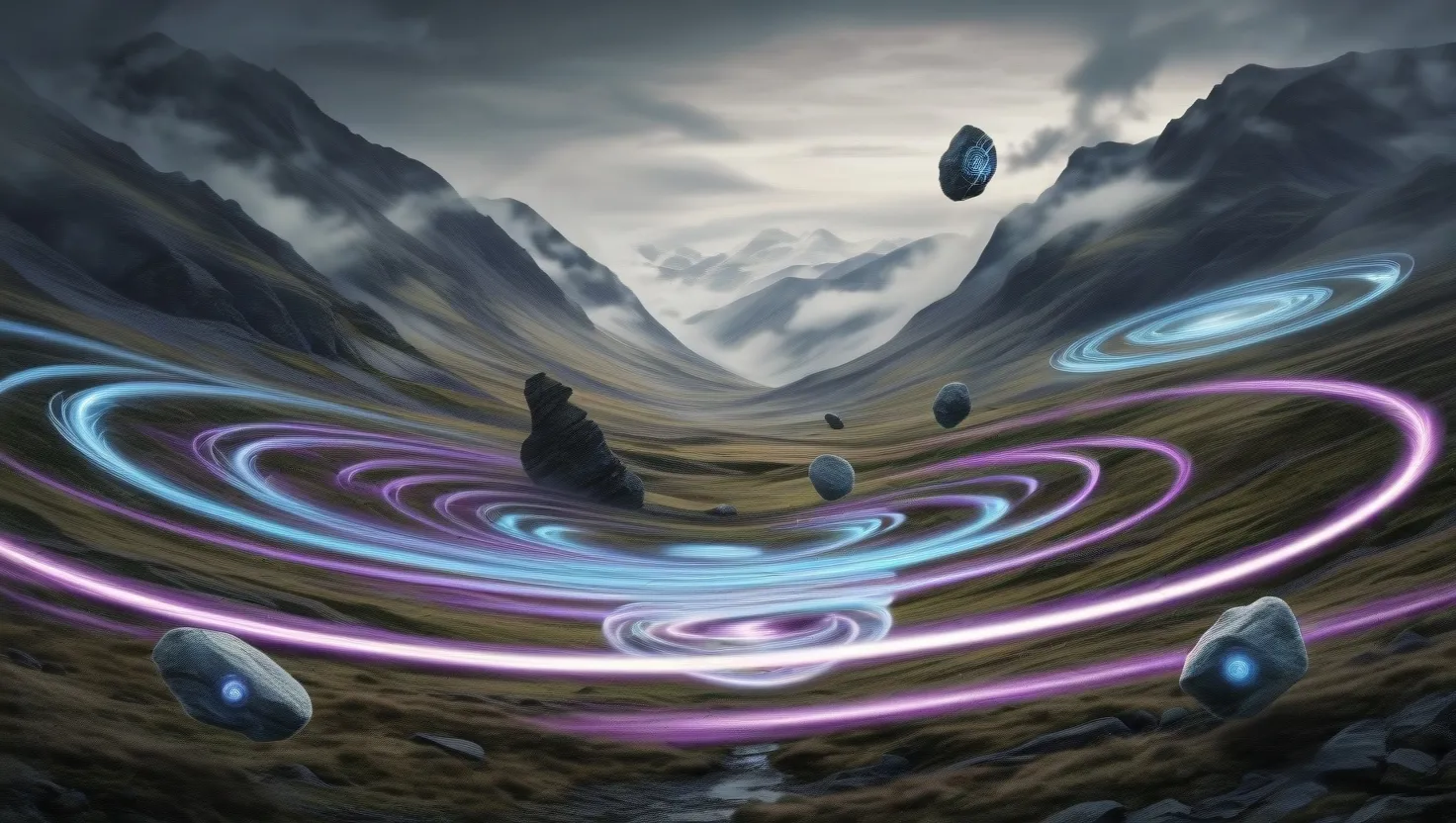Imagine a world where particles can travel faster than the speed of light, defying one of the most fundamental principles of physics as we know it. These hypothetical particles, known as tachyons, have been a topic of intense debate and fascination among physicists and theorists for decades. But what if these tachyons are not just mere theoretical constructs, but actual messengers from the future, whispering hints of events yet to come?
To understand tachyons, we need to delve into the realm of special relativity, a theory proposed by Albert Einstein in 1905. According to this theory, nothing with mass can reach or exceed the speed of light in a vacuum. However, tachyons are proposed to be particles that always travel faster than light. This idea seems to contradict the very fabric of special relativity, but recent research suggests that tachyons might not be as impossible as once thought.
One of the key challenges with tachyons is their imaginary mass. In the context of relativity, as an object approaches the speed of light, its mass increases infinitely, and the energy required to accelerate it becomes impossibly high. For tachyons, this means their mass must be imaginary, which is a mathematical concept rather than a physical reality. This imaginary mass allows tachyons to have negative energy values, a concept that is both intriguing and problematic.
Theoretical models of tachyons suggest some bizarre properties. For instance, as energy is added to a normal particle (a bradyon), it speeds up, but for a tachyon, losing energy actually increases its speed. This behavior is counterintuitive and raises several questions about how such particles would interact with our observable universe.
But what if tachyons are more than just theoretical curiosities? What if they are actually influencing our present in subtle ways? The idea that tachyons could carry information from the future to the present is a mind-bending concept that blurs the lines between cause and effect. According to some theories, tachyons could be responsible for phenomena like premonitions, déjà vu, or even instances of apparent precognition.
Consider the concept of quantum entanglement, where particles can be connected across vast distances and influence each other instantaneously. While entanglement does not allow for faster-than-light communication, it does show that the universe can be interconnected in ways that defy classical understanding. Tachyons, if they exist, could be a form of entanglement that spans not just space but also time.
The possibility that future events could influence the present through tachyons raises profound questions about free will and determinism. If our decisions and perceptions are subtly influenced by whispers from the future, do we truly have control over our actions? Or are we part of a larger, predetermined tapestry where every event is interconnected across time?
Detecting tachyons, if they exist, is a daunting task. Since they travel faster than light, they cannot be observed directly. Any attempt to detect them would have to rely on indirect methods, such as measuring the gravitational effects they might produce or looking for signs of Cherenkov radiation in the vacuum of space. Cherenkov radiation is a phenomenon that occurs when charged particles travel faster than light in a medium, producing a characteristic glow. If tachyons are electrically charged, they might produce a similar effect, albeit in the vacuum of space.
Recent research has made significant strides in making tachyons more plausible within the framework of quantum theory. By incorporating both the initial and final states of a system into the calculations, physicists have found that many of the previous difficulties with tachyon theory disappear. This new approach suggests that tachyons could be an integral part of the universe, particularly in the early stages of matter formation.
For instance, the Higgs field, which is responsible for giving particles mass, might have had tachyonic excitations before the symmetry was spontaneously broken. These excitations could have traveled at superluminal speeds, influencing the formation of matter in ways we are still trying to understand.
The idea that tachyons could be influencing our present also opens up intriguing possibilities for technologies that could tap into these future echoes. Imagine a world where certain individuals or devices could glimpse fragments of what’s to come, allowing for predictions or even manipulations of future events. While this sounds like the realm of science fiction, it is a possibility that some researchers are taking seriously.
However, the concept of tachyons also comes with its share of paradoxes. If tachyons can carry information from the future, it raises questions about causality. Could we use tachyons to send messages to our past selves, potentially altering the course of history? The implications are staggering and highlight the need for a more nuanced understanding of time and causality.
In conclusion, the possibility of tachyons sending whispers of future events through time is a fascinating and complex topic. While it remains largely theoretical, the idea challenges our understanding of time, space, and causality. As we continue to explore the mysteries of the universe, we may uncover more evidence that tachyons are not just hypothetical particles but actual messengers from the future, influencing our present in subtle yet profound ways.
Whether or not tachyons exist, the debate surrounding them pushes the boundaries of our knowledge and encourages us to think about the universe in new and innovative ways. It is this kind of speculative thinking that drives scientific progress and keeps us curious about the mysteries that lie beyond our current understanding. So, the next time you experience a moment of déjà vu or feel an inexplicable sense of premonition, you might wonder: could this be a whisper from the future, carried by the elusive tachyons?






